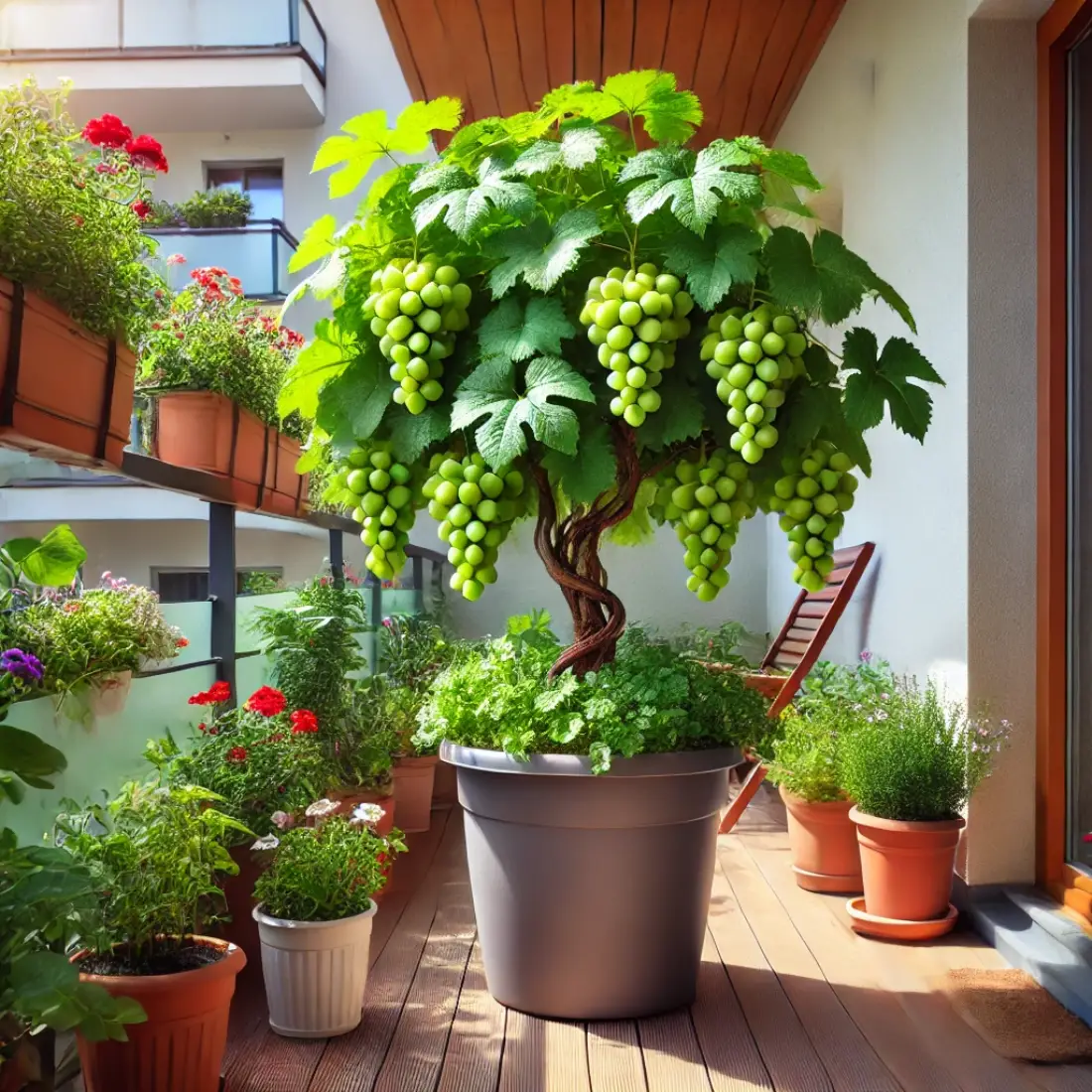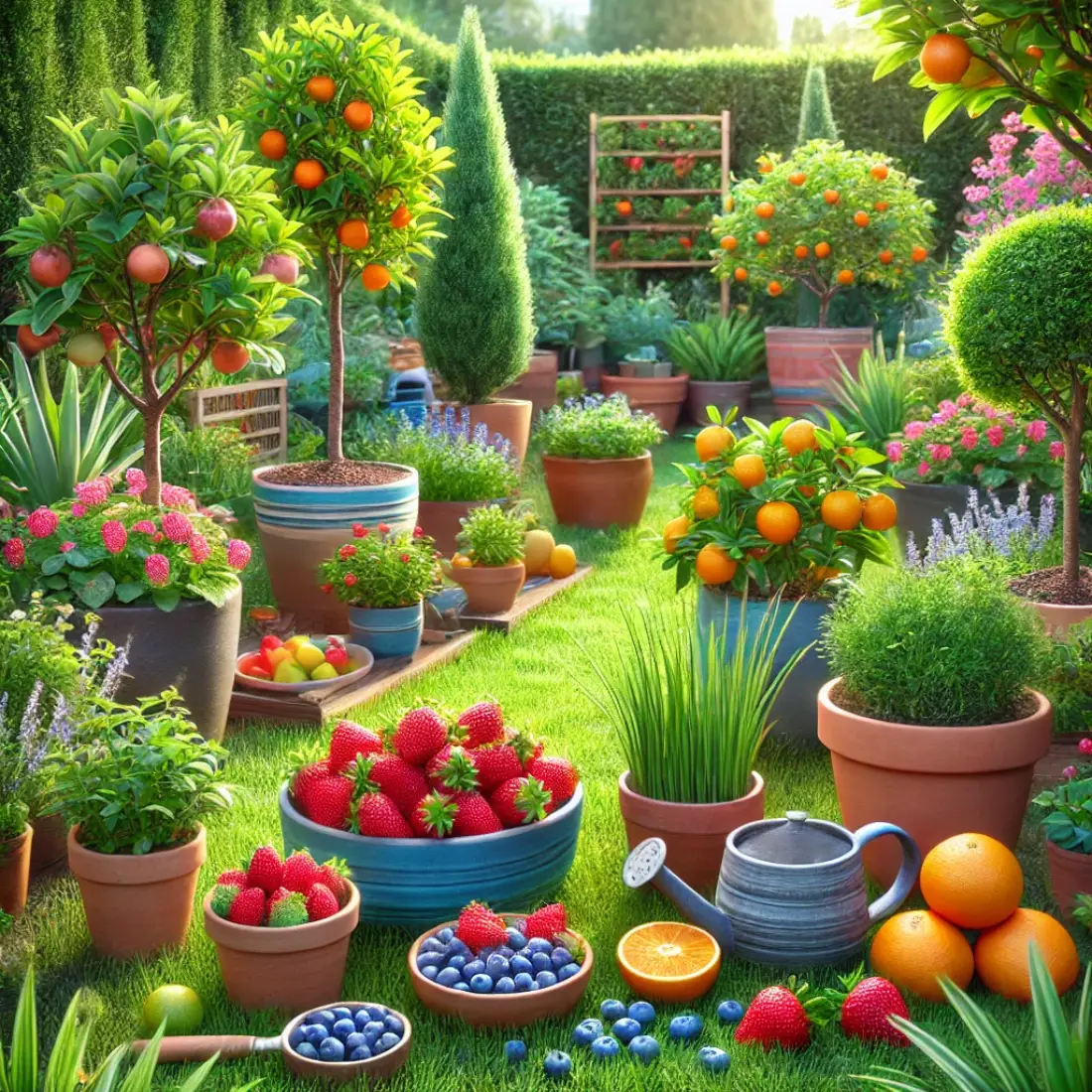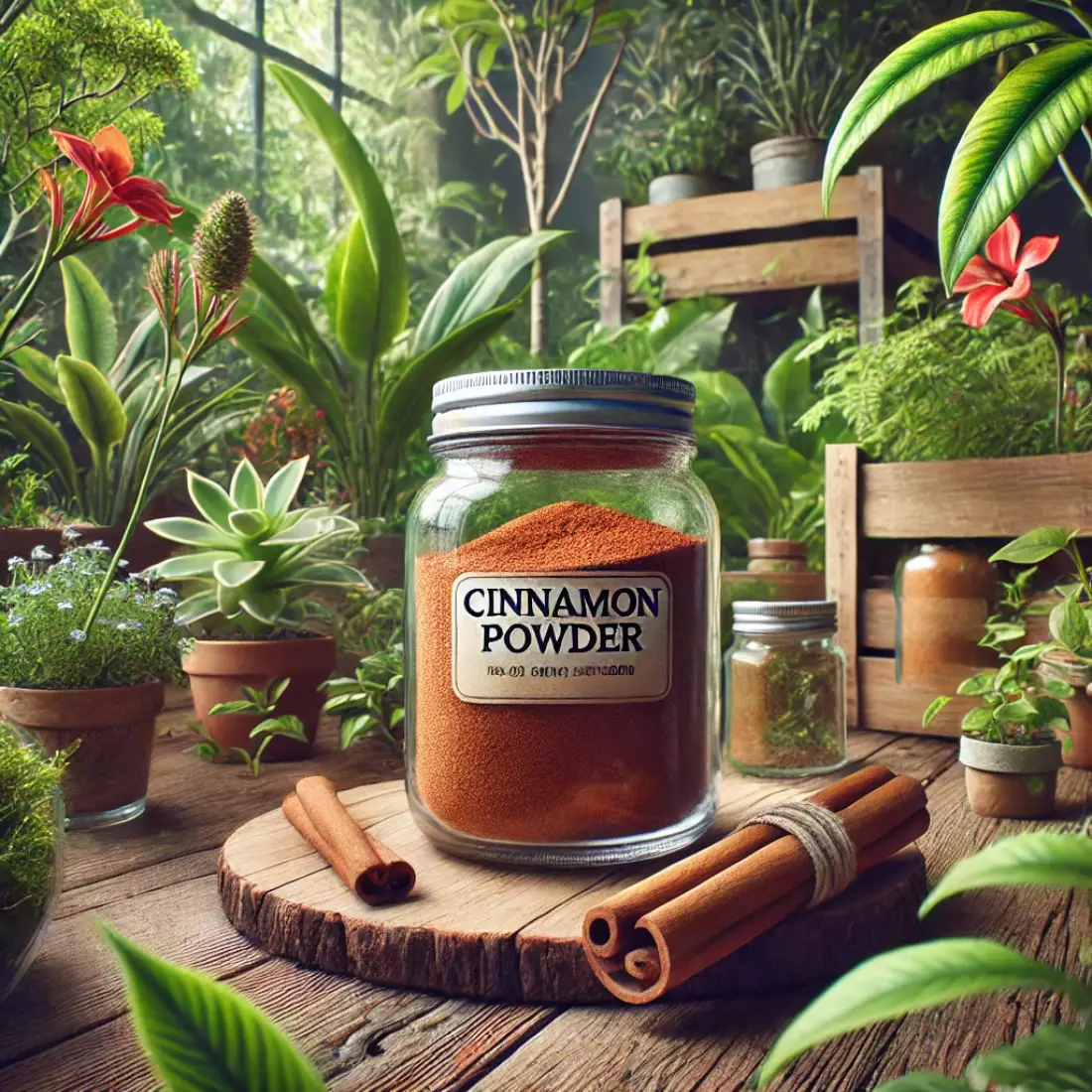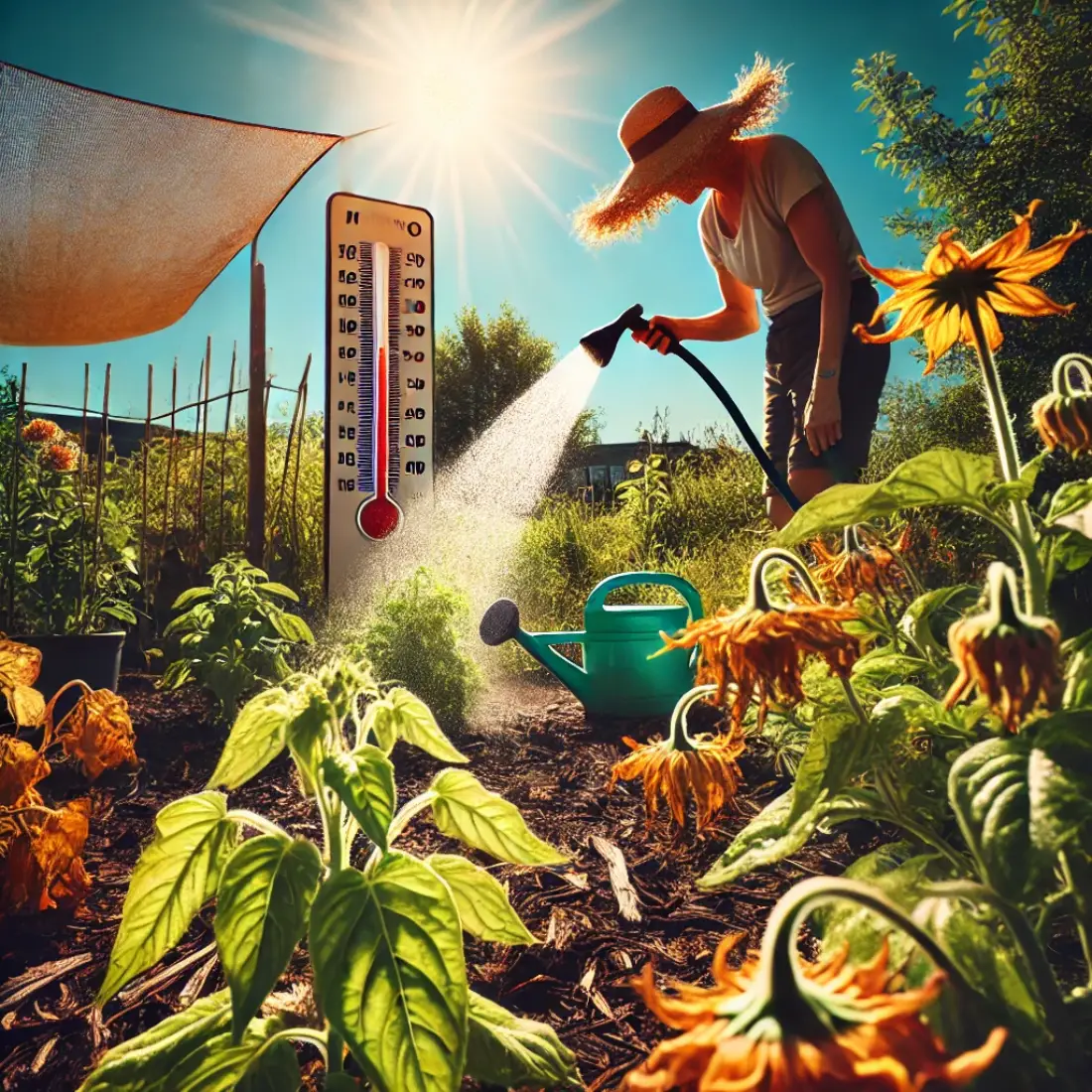Growing grapes in a container is an excellent way to enjoy fresh fruit even if you have limited space. Whether you have a small balcony or a sunny windowsill, container gardening allows you to cultivate juicy, delicious grapes right at home. By selecting the right variety and providing proper care, you can ensure your grape vines thrive and produce an abundant harvest.
- Growing grapes in containers is a feasible and rewarding gardening project.
- Choose the right grape variety and container for optimal growth.
- Proper care and maintenance are crucial for healthy grape vines.
- Optimal Growing Temperature: 70°F to 85°F (21°C to 29°C)
- Temperature Tolerance: Grapevines can tolerate a wide range of temperatures, but extreme heat (above 95°F or 35°C) or prolonged cold can stress the plants.
Choosing the Right Grape Variety for Containers
Selecting the right grape variety is crucial for successful container gardening. Some grape varieties are better suited for pots due to their growth habits and adaptability. Here are some of the best grape varieties to consider:
Concord
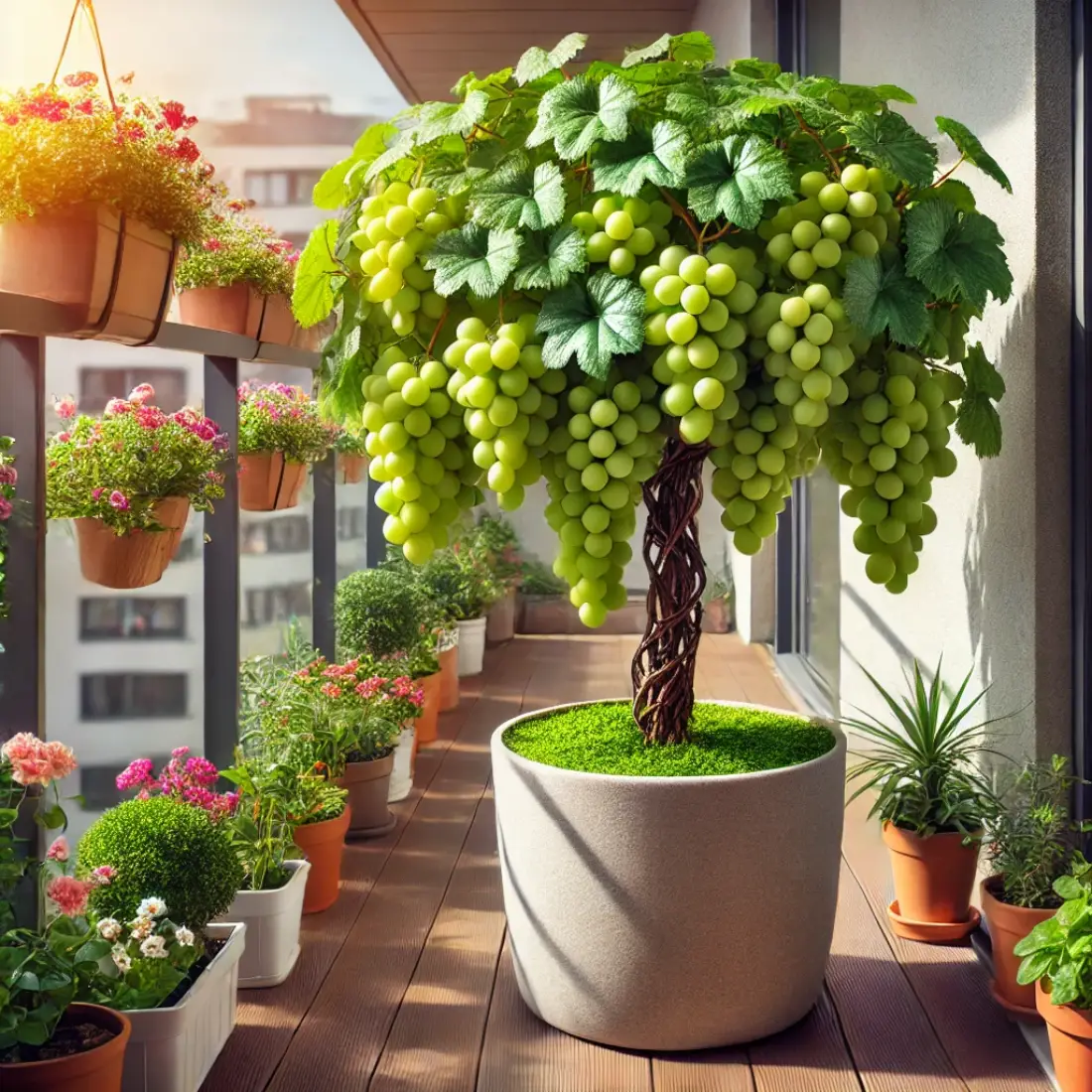
- Known for its robust flavor and versatility.
- Ideal for making juice, jelly, and wine.
Thompson Seedless
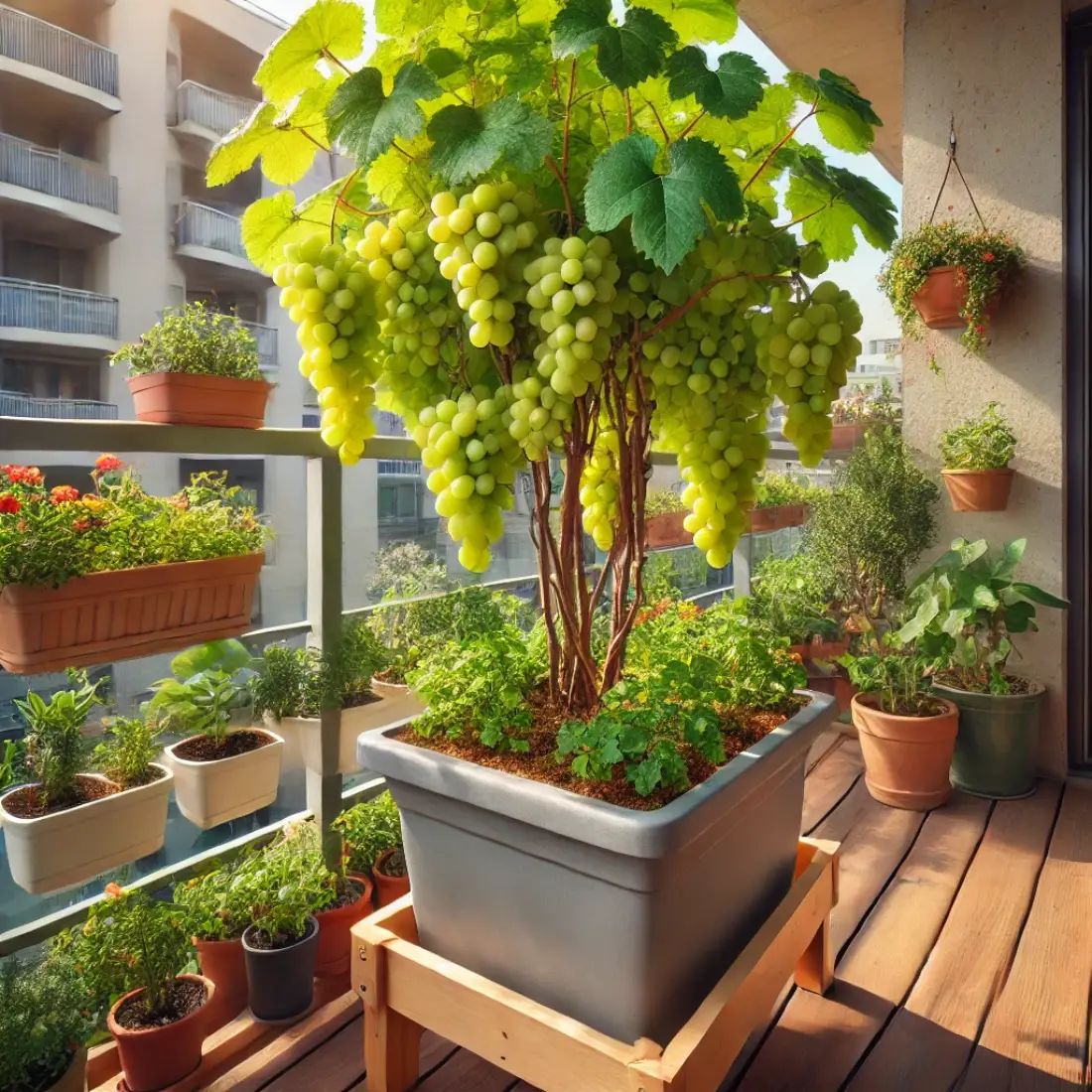
- Popular for its seedless, sweet grapes.
- Perfect for fresh eating and drying into raisins.
Pinot Noir
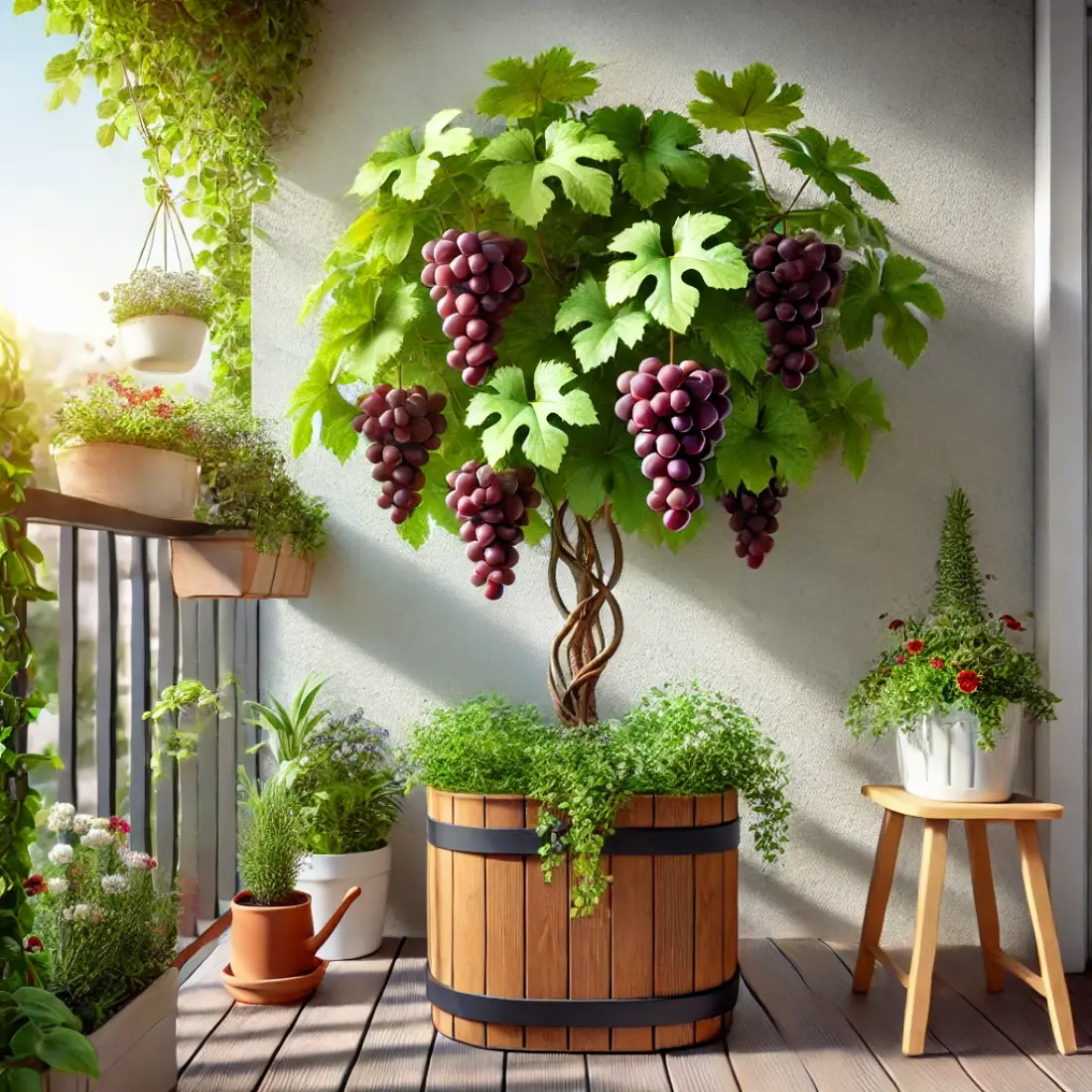
- A classic wine grape variety.
- Suitable for those interested in home winemaking.
Selecting the Ideal Container
Choosing the right container is vital for growing healthy grape vines. Opt for a large pot, at least 15-20 gallons in size, to provide ample space for root growth. Containers made of terracotta, plastic, or wood work well, but ensure they have adequate drainage holes to prevent waterlogging.
The material should be durable and able to withstand outdoor conditions. Consider using a container with handles for easier mobility, allowing you to move the grape vine to optimal sunlight throughout the day. A well-chosen container supports robust root development, leading to healthier vines and better fruit production.
Soil and Organic Fertilizer Requirements
Grape vines thrive in well-draining, fertile soil. Use a high-quality potting mix blended with organic matter like compost or well-rotted manure to enrich the soil. This mix ensures good aeration and retains moisture without becoming waterlogged.
Soil Mix
- Potting Mix: Choose a high-quality potting mix designed for container plants.
- Organic Matter: Add compost or well-rotted manure to improve soil fertility and structure.
Organic Fertilizer
- Balanced Fertilizer: Use a balanced organic fertilizer (such as 10-10-10) to provide essential nutrients.
- Application: Apply fertilizer at the beginning of the growing season and again mid-season. Follow the manufacturer’s instructions for dosage.
- Fish Emulsion: For an additional nutrient boost, consider using fish emulsion or seaweed extract.
By ensuring your grape vine has nutrient-rich soil and regular feeding, you promote healthy growth and abundant fruit production.
Planting Grapes in Containers
Planting grapes in containers requires careful preparation to ensure healthy growth. Begin by selecting a large container with good drainage and filling it with a well-draining potting mix enriched with compost.
Preparing the Container:
- Ensure the container has drainage holes.
- Place a layer of gravel or broken pottery at the bottom for improved drainage.
Planting Steps:
- Fill the container with the potting mix, leaving space for the root ball.
- Gently remove the grapevine from its nursery pot, teasing out the roots if necessary.
- Place the vine in the container, ensuring the root crown is just below the soil surface.
- Backfill with potting mix, firming it gently around the roots.
Initial Watering and Care:
- Water the vine thoroughly after planting to settle the soil.
- Place the container in a sunny location, ensuring the vine receives at least 6-8 hours of sunlight daily.
Caring for Container Grape Vines
Proper care is essential for container grape vines to thrive and produce abundant fruit. Focus on watering, pruning, and support to maintain healthy growth.
Watering Needs and Techniques
- Consistent Moisture: Grape vines require consistent watering, especially during the growing season. Keep the soil evenly moist but not waterlogged.
- Deep Watering: Water deeply to encourage root growth. Allow the top inch of soil to dry out between waterings.
- Mulching: Apply a layer of organic mulch on the soil surface to retain moisture and regulate temperature.
Pruning and Training the Vines
- Initial Pruning: Prune the vine back to two or three buds after planting to encourage strong growth.
- Annual Pruning: In late winter, prune back the previous year’s growth, leaving healthy canes with 8-10 buds each.
- Training: Train the vines onto a trellis or support structure to ensure good air circulation and sun exposure. Regularly tie the vines to the support as they grow.
Supporting the Vines
- Trellises: Use sturdy trellises to support the growing vines, preventing them from becoming tangled.
- Adjusting Support: As the vine grows, adjust ties and supports to direct growth and prevent damage.
Organic Methods of Managing Pests and Diseases
Managing pests and diseases in container grape vines organically involves preventive measures and natural treatments.
Common Pests
- Aphids: Control aphids by introducing beneficial insects like ladybugs or applying neem oil.
- Spider Mites: Reduce spider mites with regular water sprays to the foliage and by using insecticidal soap.
- Japanese Beetles: Hand-pick beetles or use pheromone traps to manage infestations.
Disease Prevention and Treatment
- Powdery Mildew: Prevent powdery mildew by ensuring good air circulation and avoiding overhead watering. Treat with a mixture of baking soda and water (1 tablespoon per gallon).
- Downy Mildew: Control downy mildew by removing infected leaves and applying a copper-based fungicide.
- Botrytis Bunch Rot: Prevent Botrytis by keeping the canopy open through pruning and removing affected clusters immediately.
Organic Solutions
- Neem Oil: A natural pesticide effective against a variety of pests.
- Insecticidal Soap: Safe for plants and effective for soft-bodied insects.
- Beneficial Insects: Ladybugs, predatory mites, and parasitic wasps help control pest populations naturally.
Winter Care for Container Grapes
Proper winter care ensures your container grape vines survive cold weather and thrive in the next growing season.
Preparing for Winter
- Prune: Prune back the vines after the leaves fall, removing dead or diseased wood.
- Insulate: Wrap the container with burlap or bubble wrap to insulate the roots from freezing temperatures.
- Mulch: Apply a thick layer of mulch around the base of the vine to retain moisture and provide additional insulation.
Protection
- Move Indoors: If possible, move the container to an unheated garage or shed to protect it from extreme cold.
- Water Sparingly: Water the vine occasionally to keep the soil slightly moist, but avoid overwatering.
FAQs about Growing Grape in a Container
How much sunlight do container grape vines need?
Container grape vines need at least 6-8 hours of full sunlight daily to grow and produce fruit effectively.
Can grapes grow in any type of container?
While many containers can work, it’s best to use large, well-draining containers made of durable materials like terracotta, plastic, or wood.
How often should I water my container grape vines?
Water when the top inch of soil feels dry. Deep watering is essential to encourage strong root growth, especially during the growing season.
What is the best fertilizer for grape vines in containers?
A balanced organic fertilizer, such as a 10-10-10 formula, is ideal. Apply it at the start of the growing season and again mid-season.
How do I protect my container grape vines from pests?
Use organic methods like neem oil, insecticidal soap, and introducing beneficial insects such as ladybugs to manage pests.
How should I prune my grape vines?
Prune after planting to two or three buds, and perform annual pruning in late winter, cutting back the previous year’s growth to healthy canes with 8-10 buds each.
What kind of support do grape vines need?
Use sturdy trellises or stakes to support the vines. Regularly tie the growing vines to these supports to ensure they receive ample sunlight and air circulation.
How can I prevent diseases in my container grape vines?
Ensure good air circulation, avoid overhead watering, and treat with organic solutions like baking soda sprays for powdery mildew and copper-based fungicides for downy mildew.
When should I harvest grapes from my container vines?
Grapes are usually ready for harvest in late summer to early fall. Check for full color and sweetness by tasting a few grapes before harvesting.
How do I care for container grape vines in winter?
Prune the vines, insulate the container with burlap or bubble wrap, apply mulch, and, if possible, move the container to an unheated garage or shed. Water sparingly during winter.

